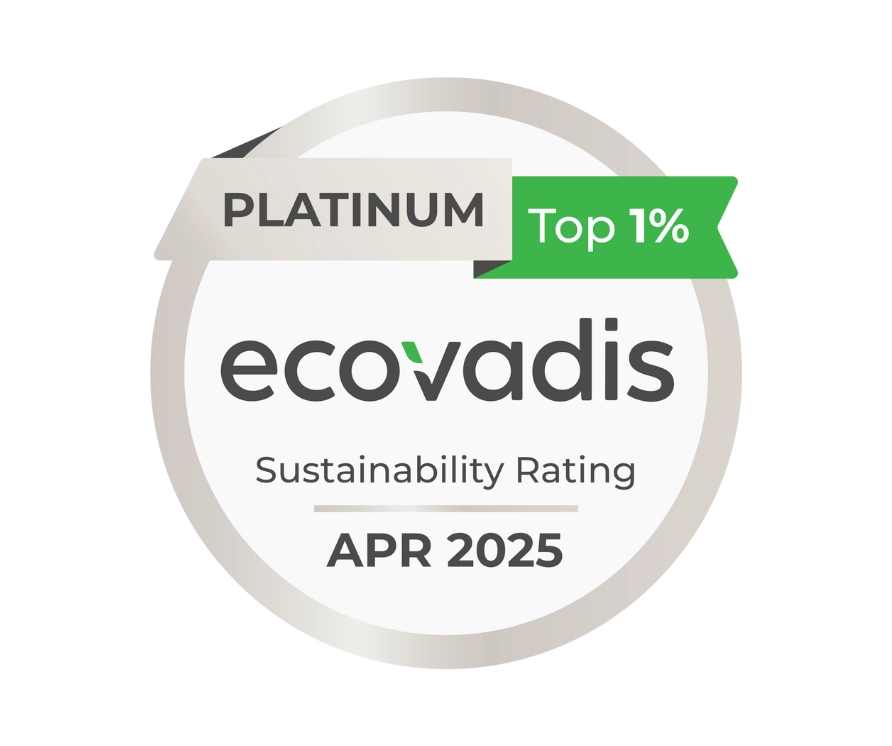For several years now, finance has been undergoing a profound transformation. Faced with environmental, social and governance (ESG) challenges, financial players are reviewing their priorities. It’s no longer just a question of maximizing profits, but also of taking into account the long-term impact of investments on the planet and society. This evolution has given rise to a rapidly expanding field: sustainable finance.
Sustainable finance : a path you want to follow
Sustainable finance refers to all financial practices that integrate environmental, social and governance criteria into investment decisions. It is based on the conviction that it is possible – and necessary – to reconcile economic profitability with sustainable development.
These ESG criteria make it possible to evaluate companies beyond their financial performance alone:
– Environmental (E): carbon footprint, natural resource management, pollution, etc.
– Social (S): working conditions, human rights, equality, inclusion…
– Governance (G): transparency, anti-corruption, diversity in management…
But why is sustainable finance on the rise?
Several factors explain the rise of sustainable finance:
- Climate emergency: climate change and biodiversity loss are forcing financial flows to be redirected towards activities that are more respectful of the environment.
- Investor demand: More and more savers, especially the younger generation, want to give meaning to their money. They want to invest in companies that share their values.
- Increasing regulation: The European Union, for example, is pushing for transparency via the Green Taxonomy and the SFDR (Sustainable Finance Disclosure Regulation), which oblige financial institutions to detail the environmental impact of their products.
- Economic opportunity: The transition to a low-carbon economy is generating new markets and innovations that are driving growth.
Instruments and strategies to introduce sustainability in your finance
Sustainable finance takes several forms, depending on the objectives pursued:
1. Socially responsible investment (SRI) : SRI involves selecting companies according to their ESG practices. Several approaches can be adopted:
– Exclusion: eliminating certain sectors (coal, arms, tobacco, etc.)
– Best-in-class: choosing the ESG leaders in each sector
– Shareholder engagement: engage with companies to improve their practices
2. Green bonds: These are bonds issued to finance exclusively environmental projects: renewable energies, energy efficiency, clean transport, etc.
3. Impact finance : Here, the aim is twofold: to generate a financial return and a measurable social/environmental impact. For example: financing social housing or sustainable agriculture projects.
4. Microfinance and inclusive finance : Microfinance enables populations excluded from the traditional banking system to access financial services, thus contributing to the fight against poverty.
5.Technological tools at the service of sustainable finance : The rise of data, AI and technological platforms today enables financial players to better assess, monitor and steer their extra-financial performance.
It’s in this context that solutions like Envoedge, developed by Berexia, find their place. Envoedge is a platform that helps companies and institutions measure and visualize their ESG footprint in a simple, dynamic and usable way. It enables financial decision-makers to :
- collect reliable data,
- track the evolution of their sustainability indicators,
- make informed decisions aligned with ESG issues.
This type of tool reinforces the credibility of ESG commitments, while meeting new regulatory transparency obligations.
Challenges facing sustainable finance
Despite its rapid expansion, sustainable finance faces a number of limitations and criticisms:
Greenwashing : Some companies or funds claim to be “green” without any real commitment. Lack of clear standards makes it difficult to verify environmental claims.
Measurement difficulties : How can we measure the social or environmental impact of an investment? ESG indicators are not always harmonized, which complicates comparisons.
Tensions between performance and sustainability : While sustainable finance has a dual objective, some fear a trade-off between profitability and impact, particularly in the short term. However, studies show that companies with good ESG ratings are often more resilient and successful in the long term.
A global dynamic in progress
Major institutional investors, central banks and even insurance companies are gradually committing themselves to sustainable finance. Initiatives such as the Principles for Responsible Investment (PRI), supported by the United Nations, bring together thousands of players around ESG best practices.
COP26, the Green Pact for Europe and the Inflation Reduction Act in the U.S. also bear witness to a growing political will to direct capital towards the ecological transition.
Sustainable finance is no longer a niche: it is becoming an essential pillar of tomorrow’s financial system. It offers a concrete response to a central question: how can we ensure that our money contributes to building a fairer, cleaner and more resilient future?
While the challenges are many, the momentum is there. And it’s up to everyone – savers, investors, companies and public decision-makers – to play their part in this transition.

























